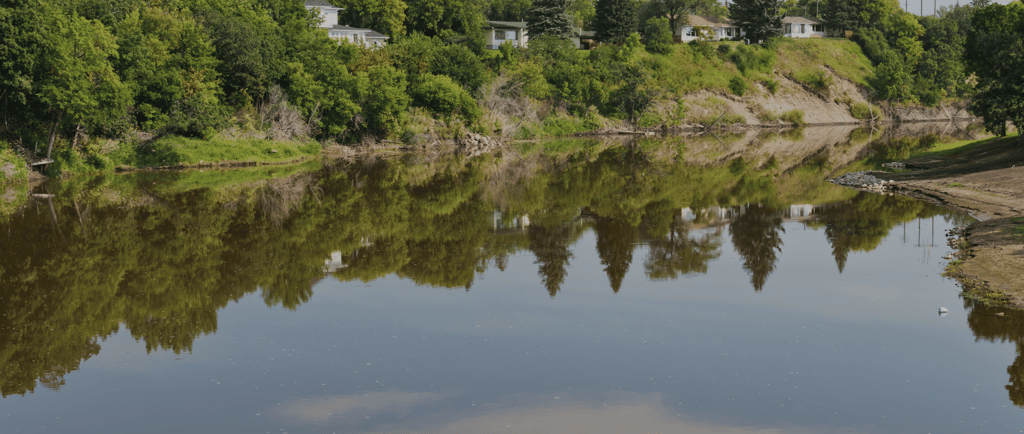The Story Behind River Rock in Souris Homes: A Home Inspector’s Perspective
In Souris, Manitoba, many older homes carry a unique charm, reflecting the area's rich history and resourceful spirit. Among the standout features is the use of river rock in foundations and walls. As a home inspector, I often encounter these fascinating constructions, and each inspection is like stepping back in time to admire the craftsmanship of previous years.
RESIDENTIAL


In Souris, Manitoba, many older homes carry a unique charm, reflecting the area's rich history and resourceful spirit. Among the standout features is the use of river rock in foundations and walls. As a home inspector, I often encounter these fascinating constructions, and each inspection is like stepping back in time to admire the craftsmanship of previous years.
What Is River Rock?
River rock refers to smooth stones naturally shaped by the flow of water in rivers. These stones, often rounded and varying in size, were abundant in Souris due to the town's proximity to the Souris River. Early settlers made use of this readily available material, incorporating it into the construction of homes, particularly foundations and exterior walls.
Why Was River Rock Used?
Local Availability: Building materials were scarce in the early 20th century, so people turned to what was readily available.
Durability: River rock is naturally resistant to weathering, making it an excellent choice for foundational work.
Aesthetic Appeal: The stones added a distinctive, rustic appearance to homes, blending functionality with beauty.
What I Look for During Inspections
River rock may have stood the test of time, but it’s essential to ensure these structures remain safe and functional. Here are some of the key elements I assess:
Mortar Condition: The mortar holding the stones together often degrades over time. I check for crumbling, gaps, or signs of moisture intrusion, which could weaken the structure.
Foundation Shifting: Older foundations may experience settling or shifting, leading to cracks or uneven surfaces.
Water Management: River rock foundations are porous, making proper drainage critical. I inspect for signs of water pooling or moisture damage, which could compromise the stones and mortar.
Pest Intrusion: The irregular shapes and gaps in river rock can sometimes become entry points for pests. I look for evidence of critters that may have made a home in these spaces.
Insulation Challenges: Older river rock walls often lack modern insulation, which can lead to energy efficiency issues.
Preserving the History and Integrity of River Rock
For homeowners in Souris, maintaining these unique features is not just about preserving history—it’s about ensuring the longevity of their homes. Here are some tips I often share with clients:
Regular Maintenance: Keep an eye on mortar condition and address any cracks promptly to prevent further damage.
Proper Drainage: Ensure gutters, downspouts, and grading direct water away from the foundation.
Professional Repairs: Restoration of river rock foundations or walls requires a skilled mason familiar with historical techniques.
Why a Home Inspection Matters
When buying an older home in Souris, particularly one with a river rock foundation, a thorough home inspection is essential. As inspectors, we piece together the story of a home, identifying its strengths and areas that may need attention. For homes with river rock, it’s about appreciating their unique charm while ensuring they remain safe and functional for generations to come.
At Just Call Joe Inspections, we’re proud to help preserve the legacy of Souris’ historical homes. If you’re considering buying or restoring a property with river rock features, give us a call. We’ll ensure you have all the information you need to protect this piece of Manitoba history.
Interested in learning more about historical home inspections in Souris? Contact us today to schedule your inspection!